Getting to “˜Go Time’
Health & Fitness February 13, 2012 johnwooton 0
Customized training via Heart Rate Variability gives athletes a great chance at peaking on game day.
TRAINING TIME : Tim Rudd
In my last column I discussed the history of Heart Rate Variability and how it can be used to customize the training process, helping athletes reach new levels of performance.
The first thing HRV can be used for is to measure the current aerobic fitness level of the athlete. Why is this important? Well, with HRV we measure athletes’ adaptability to stress (HRV) and their resting heart rate, this is a measure of their cardiovascular efficiency.
So at first, I use it to measure the current state of an athlete’s fitness and adaptability threshold. I then use it as a method to customize their strength and conditioning program.
As a trainer, my goal for team-sport athletes is to have them reach a resting heart rate under 60. Depending on the sport, using soccer as an example, I want the athlete’s HRV to be in the 90’s. I then know the athlete will have an efficient cardiovascular system that other qualities of fitness “” such as power, speed, strength and power endurance “” which can be built on.
When you look at these two numbers, think of them as your athlete’s fitness and adaptability-to-stress gap:
Resting Heart Rate: 58 HRV: 90
This is a good indicator of an athlete who has a high adaptability to stress and is also cardiovascularly efficient. The aerobic system plays a big role in how fast and how efficiently athletes recover from each play, which will take them above their anaerobic threshold. This is a very inefficient system, but it is this system that provides the power which allows athletes to make explosive plays on the court or field of play. With a more efficient aerobic base, they will drop below this threshold quickly, recovering faster and allowing them to continue to make more plays throughout the game.
On the flip side, here’s an example of an athlete with a lower HRV score and a higher resting heart rate:
Resting Heart Rate: 68 HRV: 74
This is either an indication of chronically stressed athlete, or an athlete who has a very inefficient aerobic base and thus a smaller adaptability stress threshold.
In this case the athlete will struggle to recover after each play and rely too much on his or her anaerobic system (inefficient), greatly reducing his or her ability to make explosive plays throughout a game. If athletes stay too long in their anaerobic system, power output will greatly decrease and so will performance and health “” also making them at greater risk of injury.
With a high resting heart rate and low HRV score, you realize that the heart is very inefficient, so low-intensity cardiac output training can be of significant value.
With a strong aerobic base, the athlete can move to high-intensity training protocols such as Anaerobic Threshold Training, High Intensity Interval, and Glycolytic Intervals. Then trainer and athlete can start to focus on sport-specific qualities of the athlete’s sport. These strategies require specific heart rate parameters for intensity and recovery to maximize effectiveness.
Outside factors of training and playing can also be managed this way. The HRV and RHR scores give us the readiness score of the athletes, telling us how much stress an athlete is ready to adapt to on any given day. If the athlete’s readiness is low, the training program is adjusted to a recovery workout aimed at raising that readiness. If readiness is high, than it’s Go Time. This training process can be key to maximizing athletes’ performance potential, health and helps to ensure they peak on game day.
In the next column I will go over a case study of an athlete where I use HRV to maximize fitness and performance.
Check out this article in the digital edition of SportStars Magazine… Getting to “˜Go Time’
Previous Article… Heart Science
johnwooton
SportStars Magazine: High School Sports Articles Online SportStars is your go-to source for the very best high school sports articles in California. Player and team profiles, game coverage, health and fitness tips and the largest Camps, Clinics & Combine resource for athletes. We're the story behind the stats.

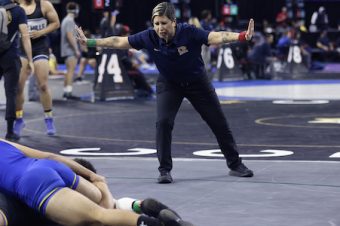



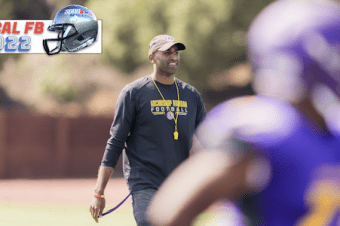
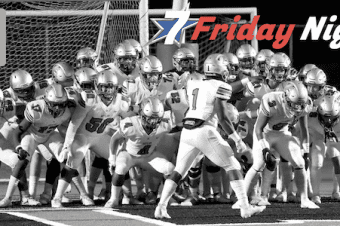
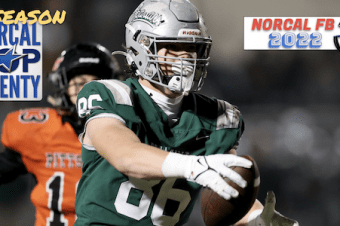
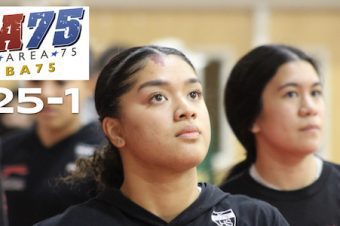

No comments so far.
Be first to leave comment below.